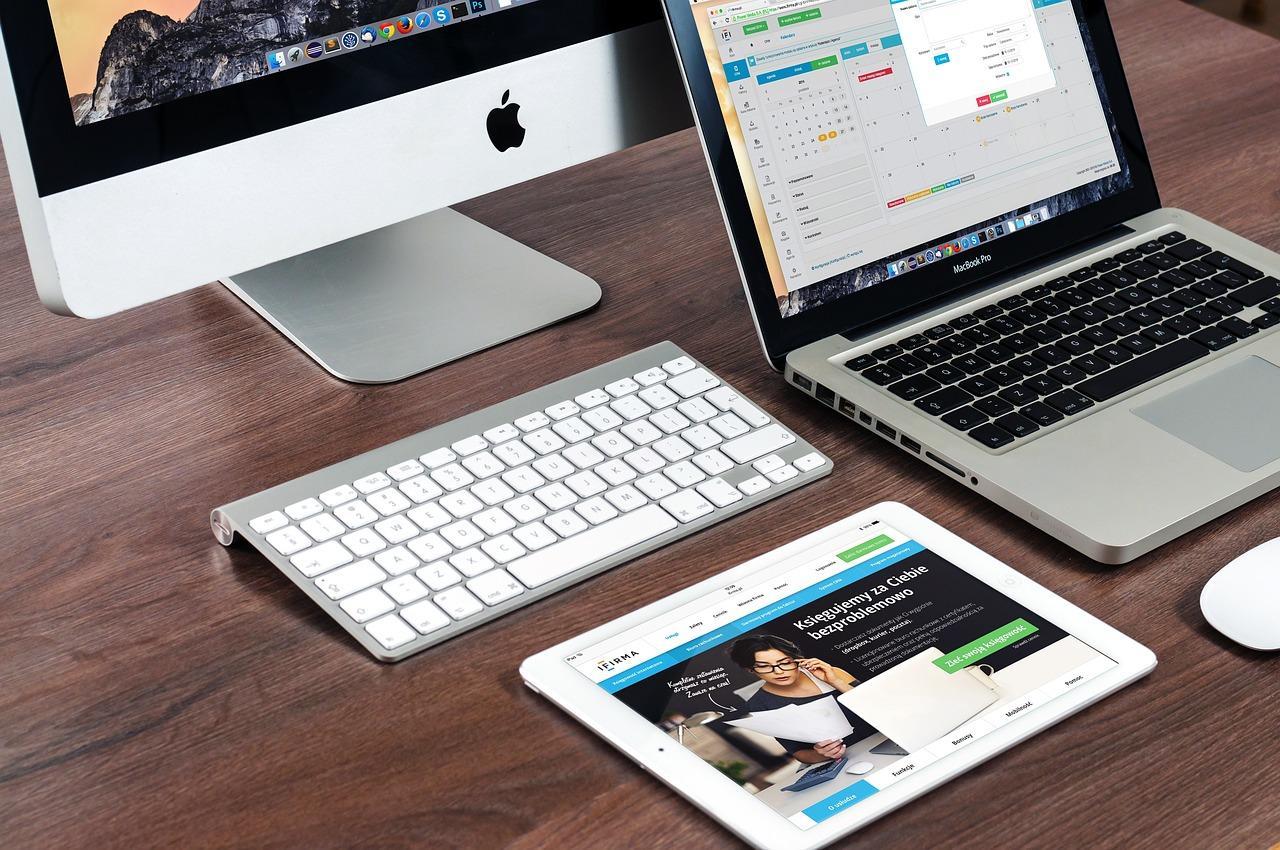Apple in History
Apple Inc. is one of the most well-known and influential companies in the technology industry. Founded in 1976 by Steve Jobs, Steve Wozniak, and Ronald Wayne, Apple has played a significant role in shaping the evolution of personal computing and consumer electronics.
The origins of Apple can be traced back to the early days of computing. In the mid-1970s, Steve Jobs and Steve Wozniak were working together on a project to build a small computer that could be used by everyday people. The result was the Apple I, a simple computer kit that was sold to hobbyists and computer enthusiasts.
In 1977, Apple released the Apple II, a more advanced computer that included a color display and built-in floppy disk drive. The Apple II was a huge success, and helped to establish Apple as a major player in the emerging personal computer market.
Throughout the 1980s, Apple continued to innovate and release new products. In 1984, the company released the Macintosh, a revolutionary new computer that featured a graphical user interface and mouse. The Macintosh was a huge success, and helped to establish Apple as a leader in the personal computing industry.
However, Apple’s success was not without its challenges. In the late 1980s and early 1990s, the company faced increasing competition from other computer makers, and struggled to maintain its position in the market. In 1993, CEO John Sculley was replaced by Michael Spindler, who oversaw a series of cost-cutting measures and layoffs.
In the mid-1990s, Apple was in danger of going bankrupt. However, the company was saved by the return of Steve Jobs, who had been forced out of the company in the mid-1980s. Jobs returned as CEO in 1997, and immediately began to overhaul the company’s product line and focus on design and innovation.
Under Jobs’ leadership, Apple released a series of groundbreaking products, including the iMac, iPod, iPhone, and iPad. These products helped to redefine the consumer electronics industry, and established Apple as one of the most innovative and influential companies in the world.
Today, Apple is one of the largest and most profitable companies in the world, with a market capitalization of over $2 trillion. The company continues to innovate and release new products, and its influence can be seen in everything from smartphones to smartwatches to home automation systems.
In many ways, Apple’s history is a testament to the power of innovation, design, and a relentless focus on the customer experience. From its humble beginnings as a small computer kit company to its current status as one of the most valuable companies in the world, Apple has demonstrated the importance of staying ahead of the curve and pushing the boundaries of what is possible in technology and design.
Mac has changed the Workplace Forever
The MacBook is a series of laptops designed and manufactured by Apple Inc. Since its launch in 2006, the MacBook has become an essential tool for millions of people around the world, and has had a significant impact on the way we work and interact with technology.
One of the most notable ways in which the MacBook has changed the workplace is by enabling more flexible and mobile work styles. With its lightweight design, long battery life, and powerful performance, the MacBook allows people to work from anywhere, whether it’s in a coffee shop, on a plane, or in a park.
This flexibility has helped to break down the traditional barriers between work and leisure time, and has made it easier for people to balance their personal and professional lives. It has also enabled remote work, which has become increasingly popular in recent years, as more and more companies recognize the benefits of a distributed workforce.
Another way in which the MacBook has changed the workplace is by promoting collaboration and communication. With its built-in webcam, microphone, and speakers, the MacBook allows people to participate in video calls, webinars, and online meetings with ease. This has made it easier for teams to work together, even when they are located in different parts of the world.
The MacBook has also changed the way we consume and share information. With its high-resolution display and powerful graphics capabilities, the MacBook has become an essential tool for creatives, designers, and content creators. It has enabled the creation of stunning visuals, videos, and other multimedia content, and has made it easier to share this content with others via social media, email, and other online platforms.
In addition to its impact on the way we work, the MacBook has also had a significant impact on the environment. Apple has been a leader in sustainable design and manufacturing practices, and the MacBook is no exception. The company has implemented a number of measures to reduce the environmental impact of its products, including the use of recycled materials and renewable energy sources.
Overall, the MacBook has had a profound impact on the workplace, enabling more flexible and mobile work styles, promoting collaboration and communication, and changing the way we consume and share information. With its sleek design, powerful performance, and commitment to sustainability, the MacBook is likely to continue shaping the way we work and interact with technology for years to come.
A lot can be said about PC and what it’s done for the workplace, but Apple has taken it to a whole new level in the 21st century. At least that’s our two cents.




